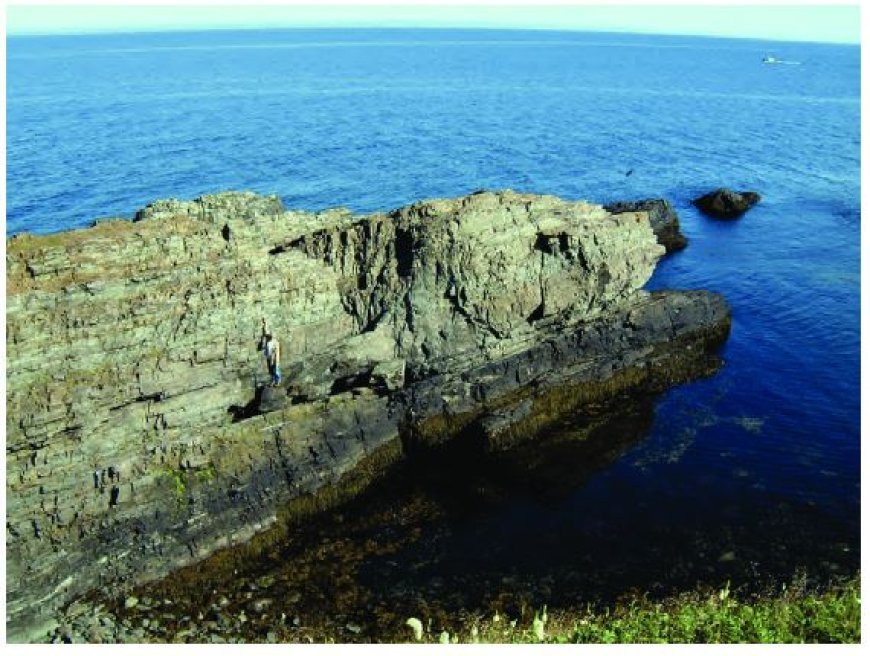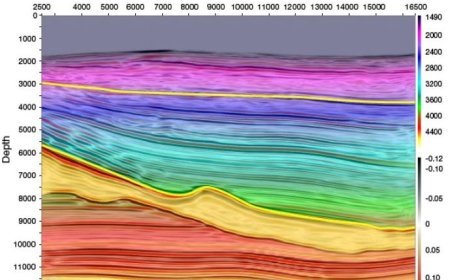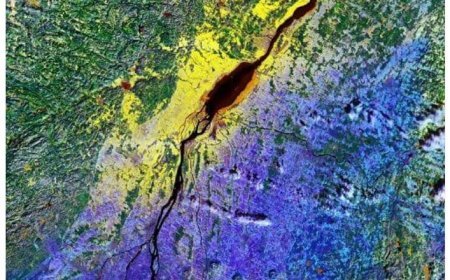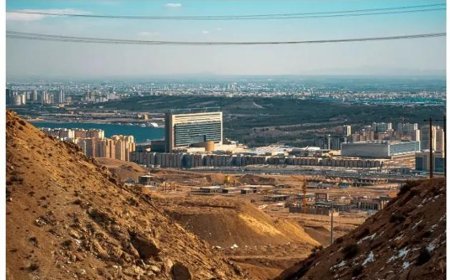MAJOR GEOLOGICAL BOUNDARY PROBLEMS IN INDIA
Explore the major geological boundaries in India and the challenges associated with them. Learn about the solutions and recent developments.

MAJOR GEOLOGICAL BOUNDARY PROBLEMS IN INDIA
- India has a complicated tectonic history and a diversified geological landscape, which has led to numerous significant geological border issues.
- Awareness of the country's geological development, distribution of natural resources, and hazard assessment requires an awareness of these limits.
The following are a few of India's major geological border issues:
- Himalayan Frontal Thrust (HFT): This important geological boundary between the Indian and Eurasian plates runs for more than 2,500 km, from the Myanmar border in the southeast to the Indus suture zone in the northwest.
- It is responsible for the formation of the Himalayan mountain range and is still active, frequently resulting in landslides and earthquakes.
2. Narmada-Son Lineament (NSL): This prominent geological boundary divides the Indian craton into two distinct blocks, the Singhbhum craton and the Bundelkhand craton.
- It stretches from the Arabian Sea to the Ganges River delta, covering about 800 km.
- It is believed to be a zone of crustal weakness, which affects the distribution of geological structures and mineral deposits.
3. Eastern Ghats Mobile Belt (EGMB): The EGMB is characterised by intense tectonic activity, which has resulted in the formation of granulite facies rocks and commercial deposits of minerals like chromite and iron ore.
- It is a geological boundary that marks the collision between the Indian and Eurasian plates.
- It stretches for over 1,500 km along the eastern coast of India, from the Godavari River to the Mahanadi River.
4. West Coast Fault (WCF): The West Coast Fault is a major geological boundary that stretches from the Rann of Kutch to the Kerala border.
- It is a zone of crustal extension that is responsible for the formation of hydrocarbon deposits and rift basins.
- It is believed that earthquakes may be caused by the WCF and that it is linked to seismic activity.
5. Main Central Thrust (MCT): The MCT defines the border between the higher and lower Himalayas, dividing the Tibetan slab from the Indian plate.
- It is a significant geological boundary within the Himalayan orogen, extending over 2,000 km from the Kashmir Himalayas to the eastern Himalayas.
What's Your Reaction?



































